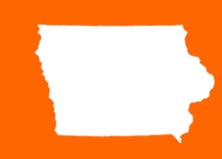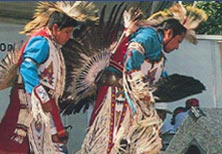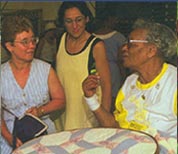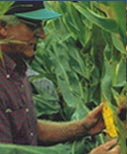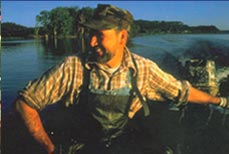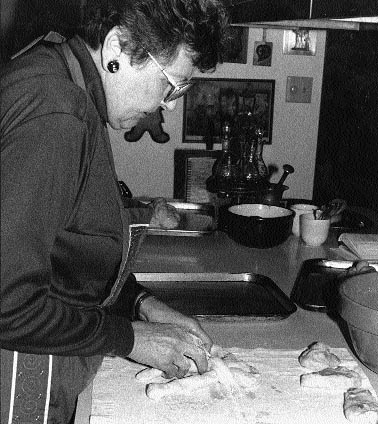| The cooking traditions of a group or community are called foodways. |
|
[PHOTO BY ERIN ROTH]
Marjorie Nejdl from Cedar Rapids makes a Czech pastry. |
Foodways consist of items grown, gathered, or procured for eating; customary ways of food preparation; the utensils, tools, and technologies used to prepare, serve, and eat the foods; and the social contexts and practices that make preparation, cooking, and eating meaningful—for example, kitchens and backyard barbeques, holiday meals, and stories told about certain dishes and occasions.
The handout, a recipe and commentary for stroopwafels from Loretta Hegeman and Elaine Kane, provides a beginning point for this lesson. Stroopwafels are Dutch syrup cookies, still made in Iowa for various celebratory occasions. As is evident in the handout, stroopwafels are more than just a food—their cooking provides an occasion for family get-togethers and discussion. Making the stroopwafels involves the passing of knowledge from one generation to the next, and a particular utensil—in this case a Norwegian krumkake iron.
|
